
There is nothing worse than waking up with lower back pain that continues to haunt us throughout the day. Even though according to research, a whopping 84% of adults will experience this pain, its solution might be more obvious than we think. Since we spend almost a third of our life sleeping, science tells us that the position we choose to lay in can have a major impact on the well-being of our spine and lead to the dreaded discomfort or ache we might suffer from.
Bright Side wants to share the top 5 sleeping positions that scientists tell us to adopt if we want to reduce the risk of lower back pain. And read until the end to find out what item also plays a key role in reducing your back pain.
1. Fetal position
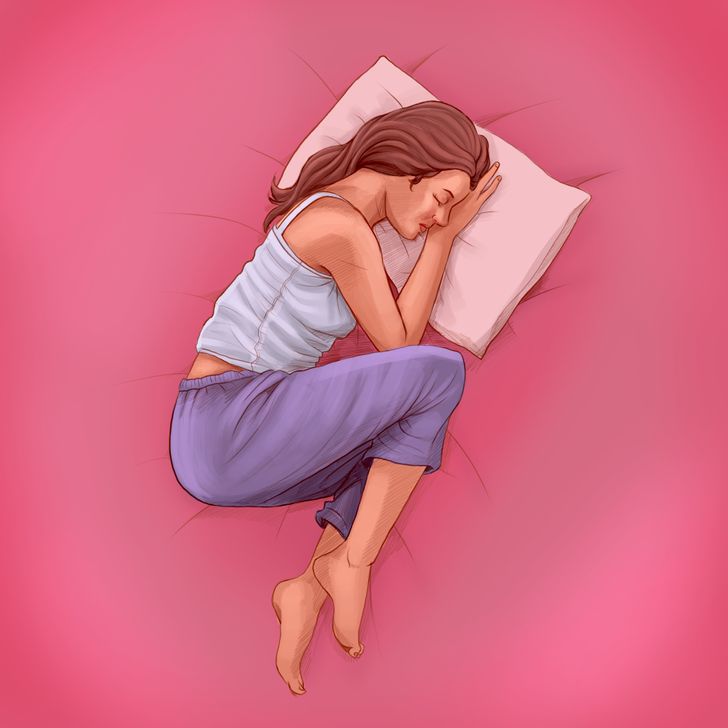
Lying on your side with your knees tucked into your chest is known to be the most popular sleeping position. Curling inward, like a baby in the womb, allows the joints to rest and also creates a lot of space, therefore relieving the discs, which are the spongy cushions between the vertebrae. That’s why this position is especially efficient for people who suffer from herniated discs.
2. On the stomach with a pillow
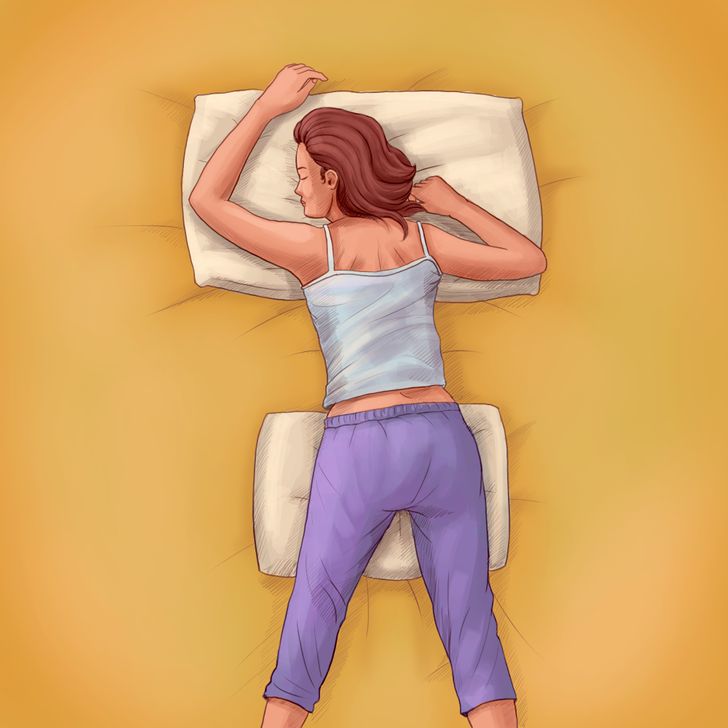
This one might come off as surprising, as we are often told that sleeping face down is not ideal since it can cause neck pain. However, it seems that stomach sleepers can actually benefit when it comes to back pain. Consequently, this position helps relieve pressure between the discs. But to do it right, remember to place a pillow underneath the lower abdomen and pelvis area to ease back strain.
3. On the back with a pillow
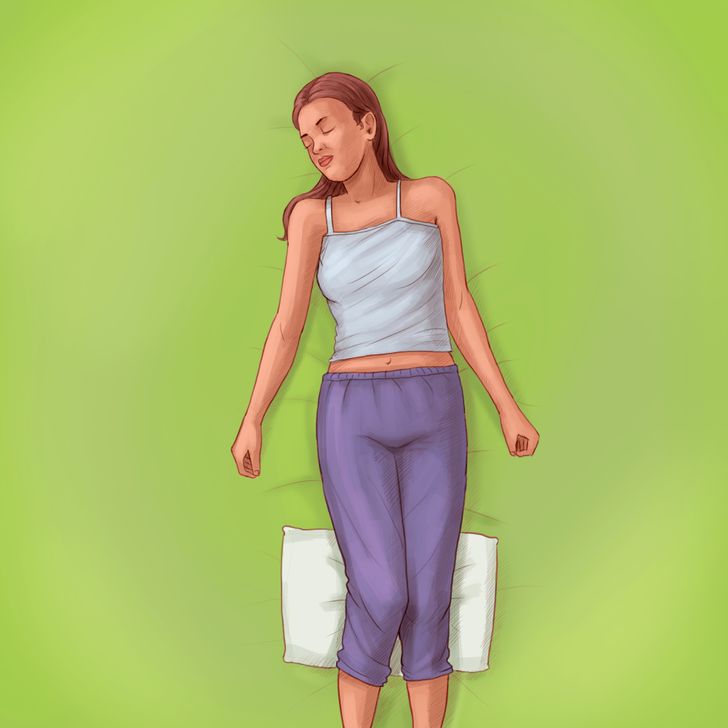
This position is the ideal way to lessen the strain on your pressure points since it allows you to distribute your weight evenly across your body. It also improves the alignment of the spine and internal organs. You only have to remember to place a pillow under your knees when you lay flat on your back, and if you need some more support, roll a small towel underneath the small of your back.
4. On the side with a pillow
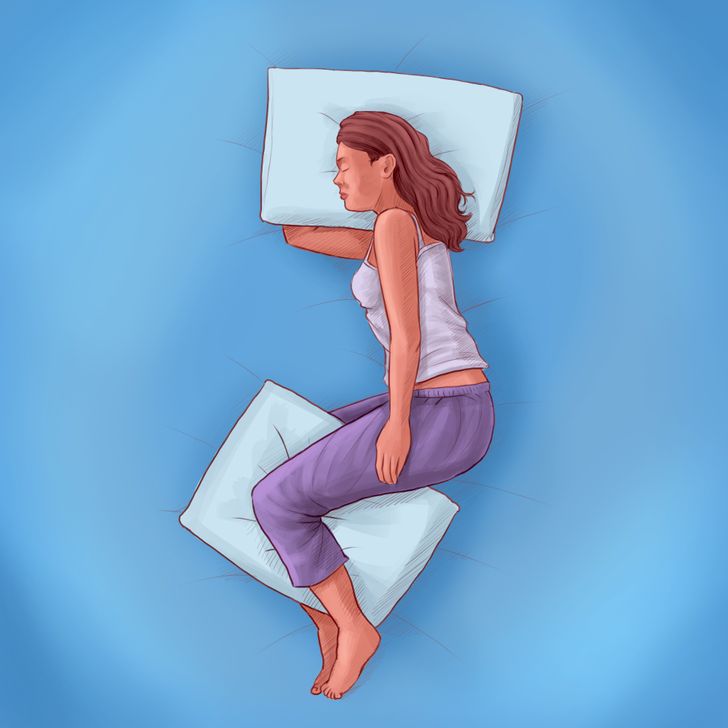
If you’re a side sleeper, make sure you alternate between the left and right in order not to create too much pressure on one side, which can ultimately lead to muscle imbalance. If you opt for this position, placing a pillow between your legs is crucial to keep your spine, hips, and pelvis in proper alignment.
5. On the back in a reclined position
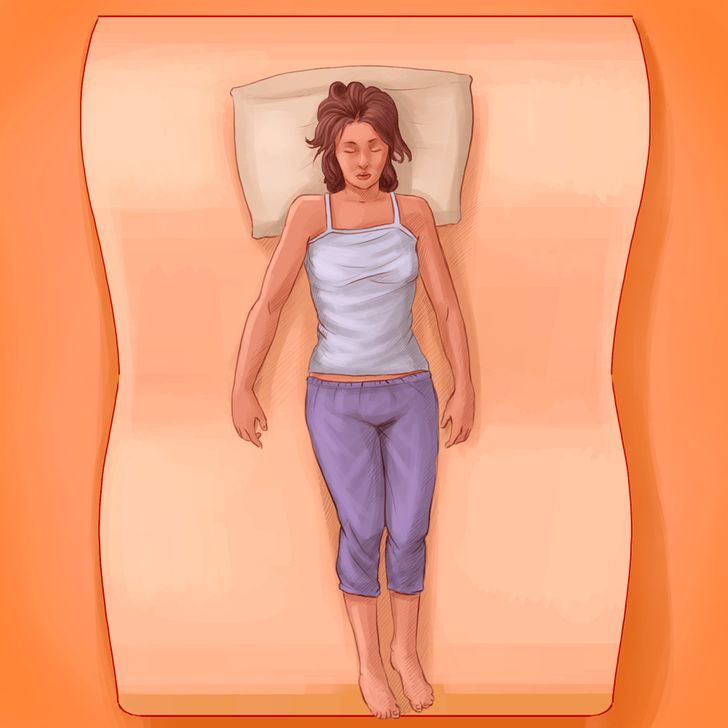
If catching your ZZZs in a recliner chair is your thing, investing in an adjustable bed will do the trick. You could also add a pillow behind your lower back for support. This position allows your trunk to stay upright and your airways to be open. Moreover, reclining creates an angle between your thighs and trunk, helping to reduce the pressure on your spine.
Bonus: Choose your mattress wisely.
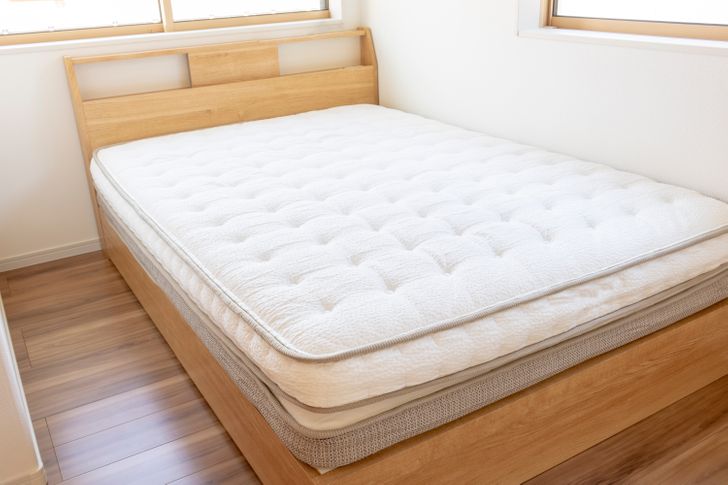
It’s not just how you sleep but also what you sleep on that plays a quintessential role in helping you make the most of your sleep. According to research, neither a very firm nor a very soft mattress is good for your spinal well-being. Instead, you need to go for a good-quality firm or medium-firm mattress. You can also test if you’d feel more comfortable with a firmer mattress than the one you have by adding a plywood board under your mattress or placing it on the floor.
Do you already sleep in one of these positions naturally? Do you think it would be a real challenge to change sleeping habits and the position you’re used to laying in?
Please note: This article was updated in December 2021 to correct source material and factual inaccuracies.





























:max_bytes(150000):strip_icc():focal(749x0:751x2):format(webp)/quadruplets-rachel-vargas-051625-4-5bf252a141f94a679aa4688507b49b36.jpg?w=1200&resize=1200,0&ssl=1)
:max_bytes(150000):strip_icc():focal(749x0:751x2):format(webp)/surprise-triplets4-122425-35fc83ab01f14762a294db376527f628.jpg?w=1200&resize=1200,0&ssl=1)








